SRAM Eagle 520 Flattens the Hills and Shifts Like a Dream
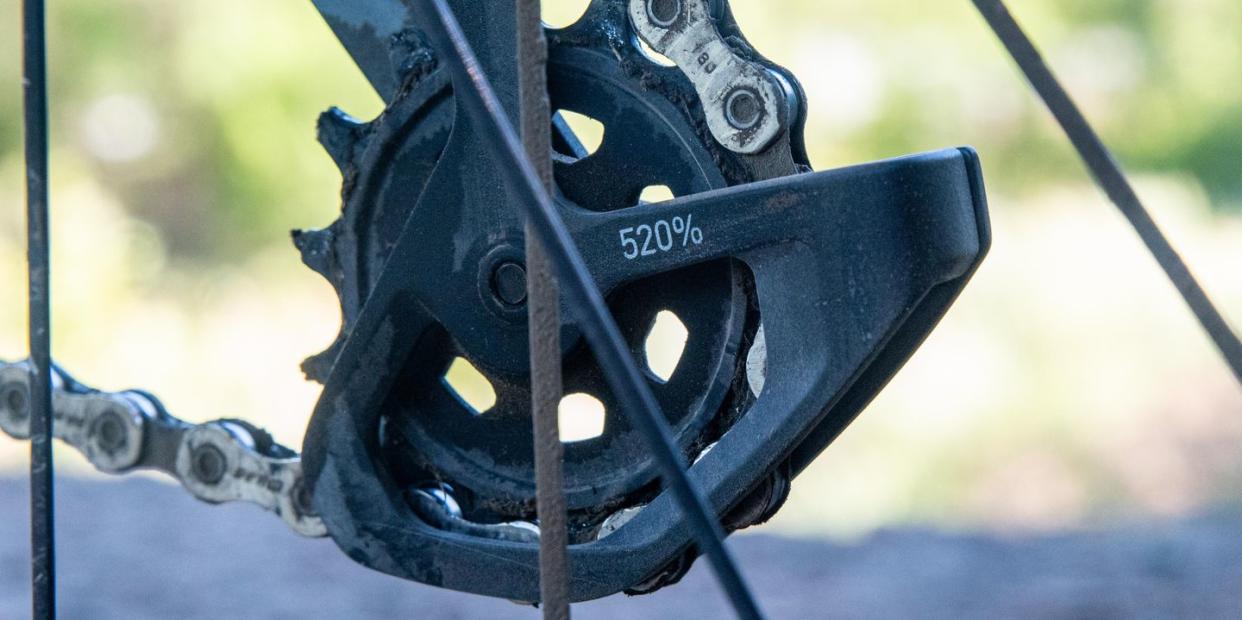
The Takeaway: Lower gearing and smoother shifting for SRAM’s Eagle mountain bike drivetrains.
10-52 cassette offers a 520 percent range.
Eagle mechanical groups require new rear derailleur to use 520 cassettes; SRAM AXS rear derailleurs already compatible.
A host of small updates and running changes rolled into the rear derailleur make Eagle 520 the best-shifting SRAM mountain bike drivetrain yet.
Refreshed GX Eagle group and new color options for XX1 and X01.
Price: XG-1275 Eagle 10-52 cassette- $215, GX Eagle rear derailleur- $125
Weight: XG-1275 Eagle 10-52 cassette- 454g, GX Eagle rear derailleur- 298g
It was inevitable. SRAM rolls out its 10-50 Eagle cassette, and mountain bikers are like, “Whoa!” So Shimano says, “I see your 50 and raise you one,” and introduces a 10-51 cassette f0r its 12-speed mountain bike groups. You know what’s next, right? Yep, SRAM has a new 10-52 cassette for Eagle. This probably means there’s a Shimano engineer in Sakai City grafting a 53-tooth road ring onto an XT cassette right now.
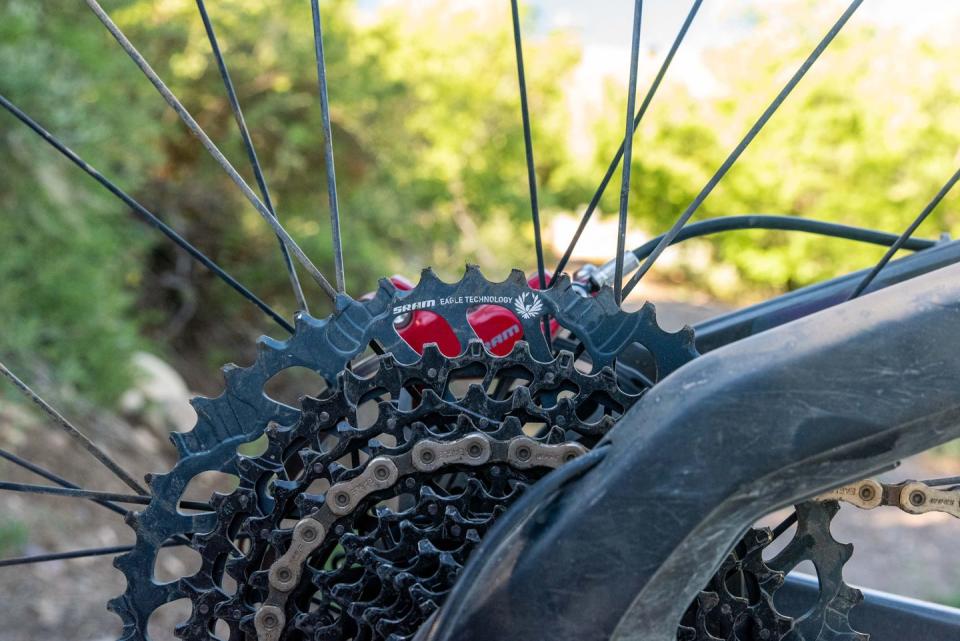
But for today, the big news is SRAM’s new 10-52 cassette and compatible derailleurs which make up its 520—for 520 percent range, 20 percent more than a 10-50 Eagle cassette—parts collection. Current Eagle mechanical derailleurs are not compatible with the 520 cassettes. However, the new cassette and derailleurs are compatible with all existing Eagle shifters, chains, and chainrings. If you happen to own SRAM’s Eagle AXS wireless electronic group, those derailleurs are already compatible with the new cassette.
There are only XD-driver compatible 520 cassettes at this time. SRAM did not announce any plans for an HG-driver compatible 520 cassette.
More Range
The heart of SRAM’s updates is an expanded-range Eagle cassette. Instead of a 50, the new cassette features a 52t large cog. And as far as the cassette is concerned, that’s it: Everything else about the cassette is the same.
On my scale, the weight difference is just six grams (XG-1275 10-50 cassette, 448 grams; XG-1275 10-52 cassette, 454 grams), and there’s no price difference.
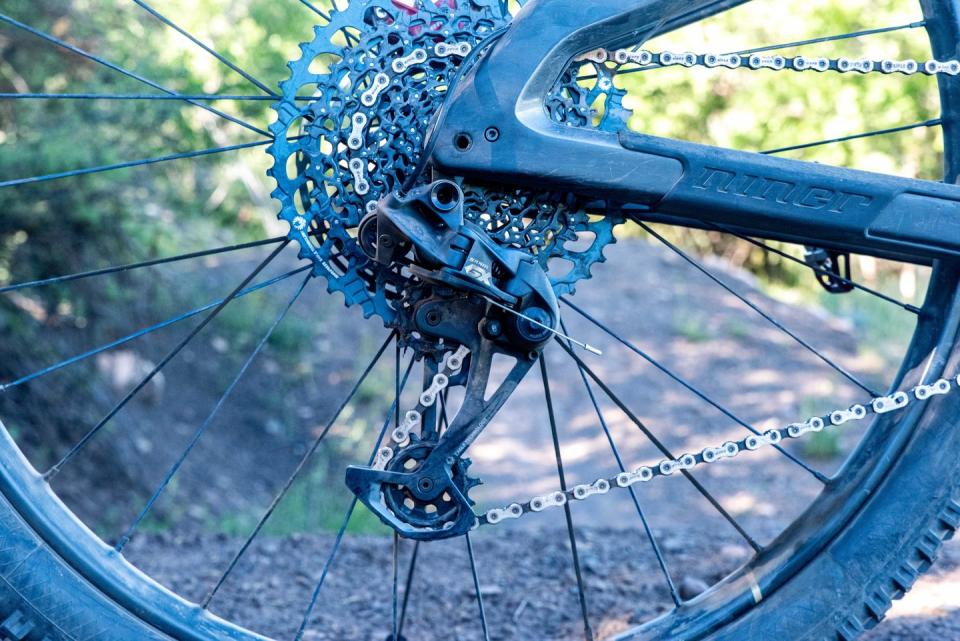
Since the rest of the cassette is the same, the 10-52 has a larger step from the largest cog to the second cog. With the 10-50 cassette, it’s an eight tooth jump from the 42 into the 50; with the 10-52 cassette, it is a 10-tooth jump. Here’s a comparison of 12-speed mountain bike cassette cog progressions:
SRAM 10-50: 10-12-14-16-18-21-24-28-32-36-42-50
SRAM 10-52: 10-12-14-16-18-21-24-28-32-36-42-52
Shimano 10-51: 10-12-14-16-18-21-24-28-33-39-45-51
Without a smooth cog progression, SRAM’s 52 is essentially a bailout gear. The closer spacing of the other 11-cogs makes them your primary gears, but when you hit that gnarly climb, the 52 is there to make your life easier.
Whether you think SRAM’s 52 tooth bailout concept is useful or useless will depend on your fitness and terrain. You can run the same chainring up front, and the 10-52 will provide a lower climbing gear without affecting the high gear. However, the jump is so broad that some riders might find the 52 less usable than the 50. For the latter group, SRAM 10-50 cassette continues.
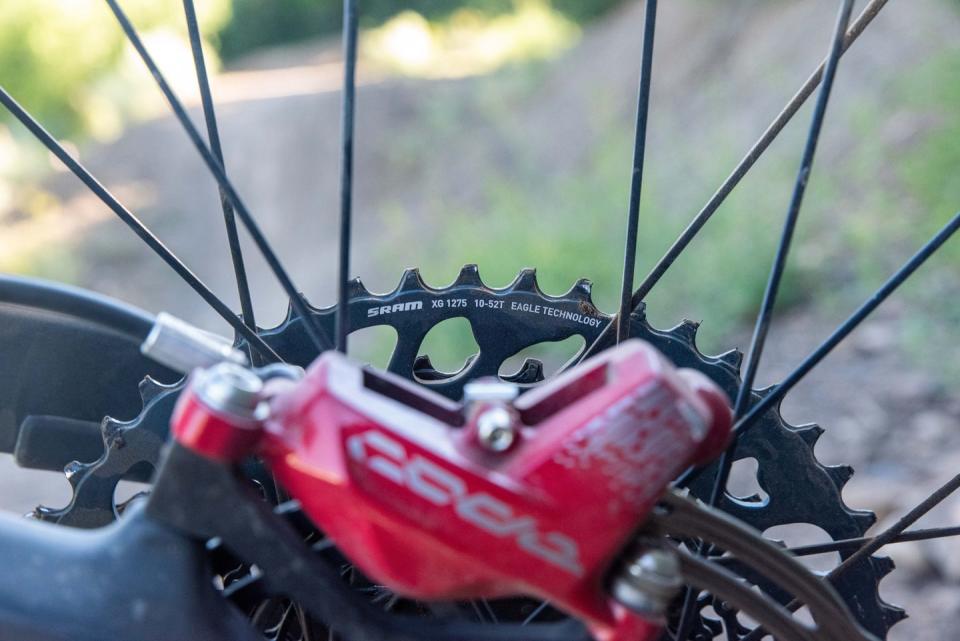
For riders who want both the 52 and a smoother progression, SRAM seems to be hinting that it is a possibility. The information I received ahead of the 520 launch was this sentence, “Expanding the range to a 52t is a small step in the design process, allowing us to incrementally improve your experience as we perfect our ideas.” That says to me that SRAM rolled out this 10-52 because it was relatively fast and easy for them to do, but its team is working on other expanded-range options and concepts.
The 10-52 cassettes come in three levels: XG-1275/GX ($215, 452 grams on my scale). XG-1295/X01 ($385, claimed 372 grams), and XG-1299/XX1 ($449, claimed 372 grams).
The Catch
If you want to run the new 10-52 cassette, there's a catch: SRAM’s existing Eagle mechanical derailleurs aren’t compatible. So, there are new 520 derailleurs as well. “New” perhaps isn't exactly right: the 520-compatible derailleurs have a new pulley cage, but otherwise they’re the same as other Eagle derailleurs. Compatible derailleurs are marked “520%” on the back of the pulley cage, and are compatible with SRAM’s 10-50 cassettes as well.
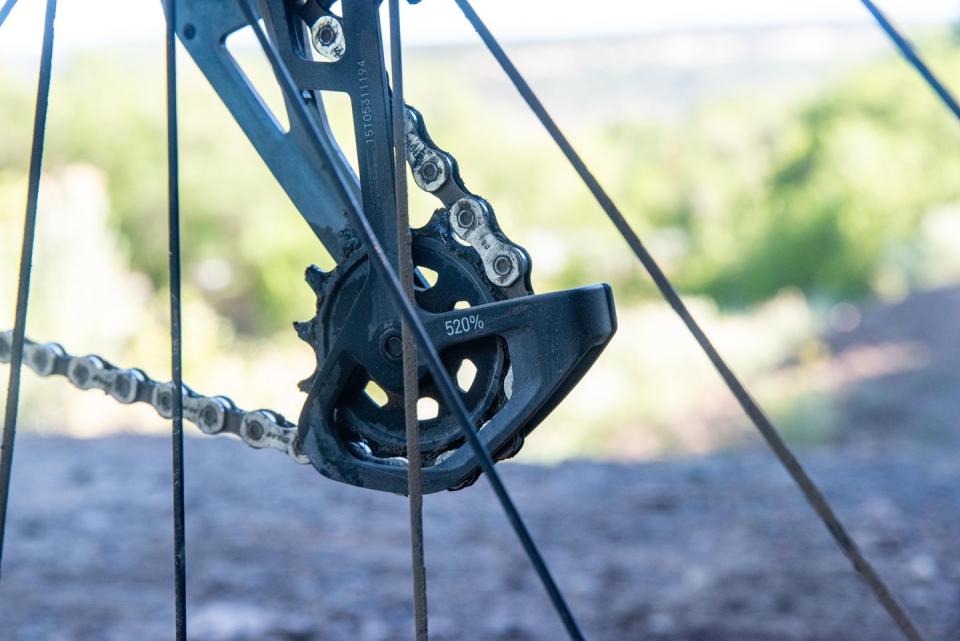
You will find 520 derailleurs in the GX ($125, 298 grams on my scale), X01 ($225, claimed 276 grams), and XX1 ($300, claimed 264 grams) Eagle lines.
No catch if you run SRAM's AXS wireless electronic stuff, those derailleurs already are 520-compatible.
New Colors and Graphics
Along with the 520 stuff, there's a handful of graphic and color changes for GX, X01, and XX1 Eagle groups.
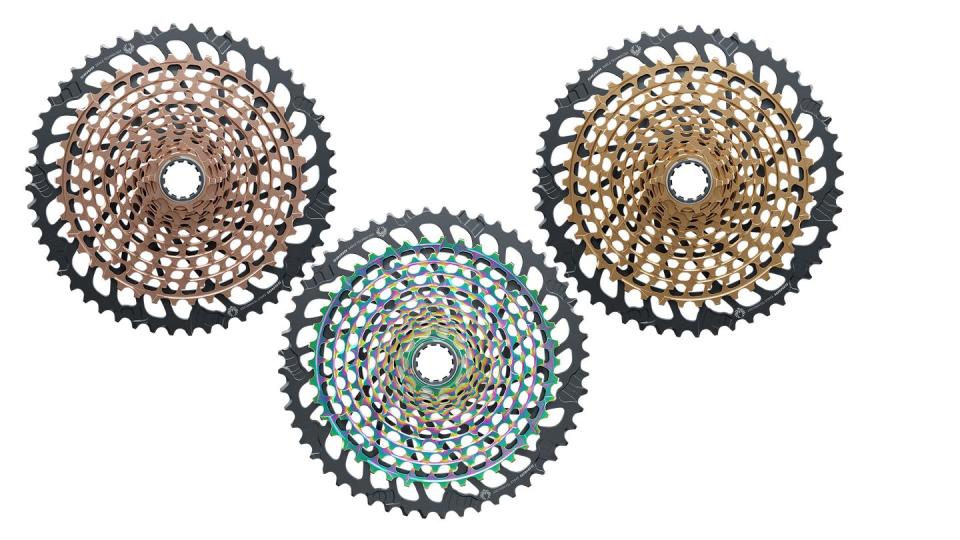
XX1 cassettes and chains get a new copper finish to accompany the existing gold and rainbow options. X01 mechanical shifter, mechanical and AXS derailleur, and cranks come in black with silver highlights, or black with red highlights if you like something with a bit more pop. GX Eagle gets a stealthy new black and gray colorway, and new graphics.
Ride Impressions
Ahead of today’s launch, I received a GX Eagle 520 group, which I installed on my Niner RIP 9 RDO test sled.
I think GX Eagle’s revised colors and graphics deserve recognition before I get to impressions of shifting performance. It looks really sharp and visually appears higher end/higher quality than before. It looks great on the bike too. Looks have nothing to do with the performance, of course, but they matter more than many of us care to admit. The GX Eagle 520 drivetrain group looks good, shifts great (more below), and is reasonably priced. It's a great workhorse group for any mountain bike.
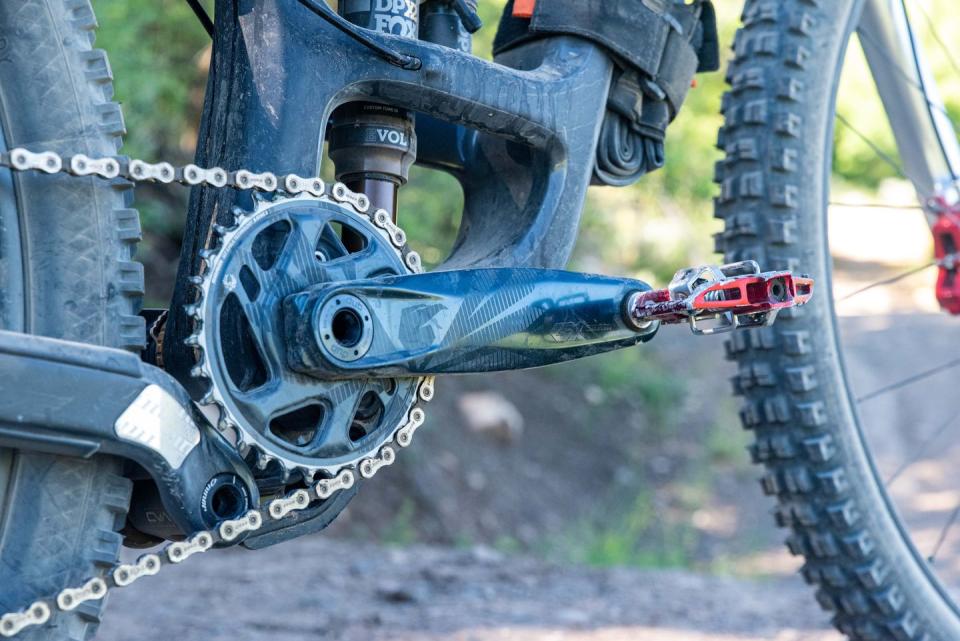
The 520 cassettes may be the headliner of this product announcement, but I found something more significant: much-improved shifting performance. The 520 rear derailleur provides smoother, quieter, and more precise shifting, and the shifter action feels lighter as well. None of the fast and positive shifting Eagle is known for is gone, but the overall quality and consistency of every shift is better. I don’t have a “magic” test group either— a test bike rolled in equipped with X01 Eagle 520 parts, and its shifting performance was similarly impressive.
I asked Chris Mandell, SRAM’s mountain bike marking person, if there were other changes to the Eagle derailleurs besides the revised pulley cage for 520 compatibility. There are: Like many companies in the cycling space, SRAM makes constant tweaks and updates to its products during their time in production. A number of these were rolled into the 520 derailleurs, as were a few tricks learned during the development of the AXS rear derailleurs.
As far as the 520 cassette goes: 52 is lower than 50. Duh, of course, but that’s the deal. Running the same ring, you get a lower low without affecting your high gear. And if that’s what you want or need, you now have the option. And if you don’t, you can still run the 10-50 cassette.
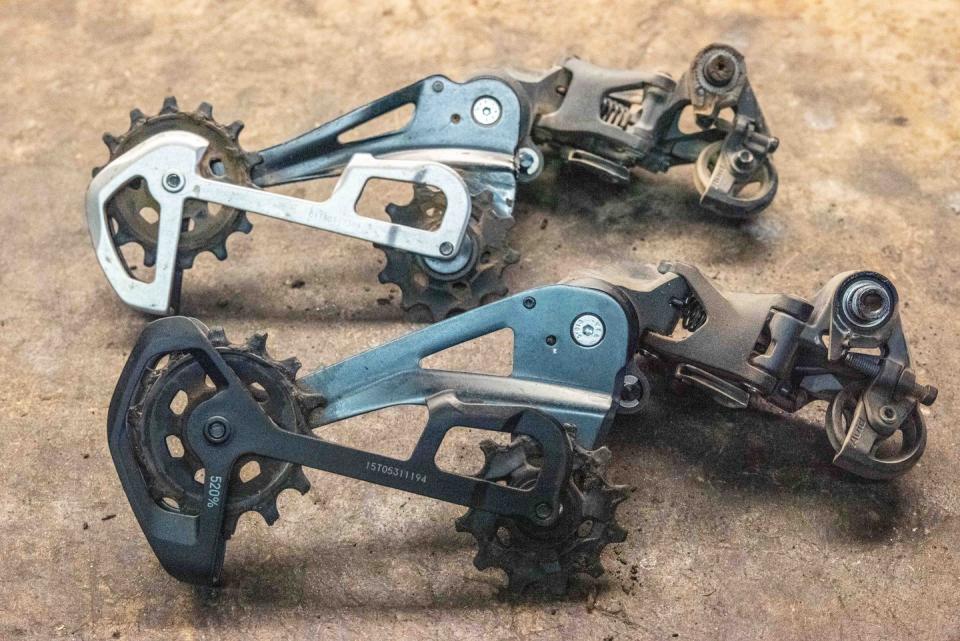
The 10-tooth jump in and out of the 52 isn’t as jarring as I expected, but it is quite a noticeable change in cadence and effort—more so than any other shift. I also noticed that the shift in and out of the 52 was slightly slower than other shifts.
I have one complaint about the GX shifter, which applies to all of SRAM's Eagle trigger shifters: the downshift paddle’s surface is smooth and gets slippery with a hint of moisture. Shimano’s done a good job of adding texture and grip to its 12-speed trigger shifters—it would be great to see SRAM do the same. I typically stick a bit of grip tape on SRAM’s paddle to give it some texture, which is a cheap and easy fix. PNW’s Shifty lever is another option, but it only works with X01 and XX1 shifters. Eagle mechanical groups are about ready for a big update/overhaul, so maybe we’ll get grippy paddles in the next generation.
Philosophically, I’d prefer it if the 520 cassettes had a smoother progression at the low end of its range like Shimano’s 12-speed cassettes. But then I live in my low gears, so I’m toggling in and out of the 52 pretty regularly. However, if you’re spending more time in the middle of the cassette, you may like how you keep the gears, you know, but get the 52 bailout for emergencies.
Anytime SRAM or Shimano rolls out a lower gearing option, a portion of the riding population has to say something like, “I don’t think I could ride such a low gear without falling over.” One, if that’s really true, you need to work on your slow-speed riding skills: I had no issues staying upright while turning a 30x52 gear. On a steep and technical climb, that gear was quite beautiful. Two, if you’ve been paying attention, you know that even high-end 29er trail bikes are 30 pounds or so. And three: if you’re strong and/or riding a light bike, stick with the 10-50, but do upgrade to the 520 rear derailleur ’cause it shifts real prudy-like.
Options are great, and that’s what SRAM’s 10-52 cassette is: something for riders who want a lower gear. But even if the bigger cassette ain’t your jam, the cleaner shifting offered by the new 520-compatible rear derailleurs is a big step forward for SRAM’s mountain groups.
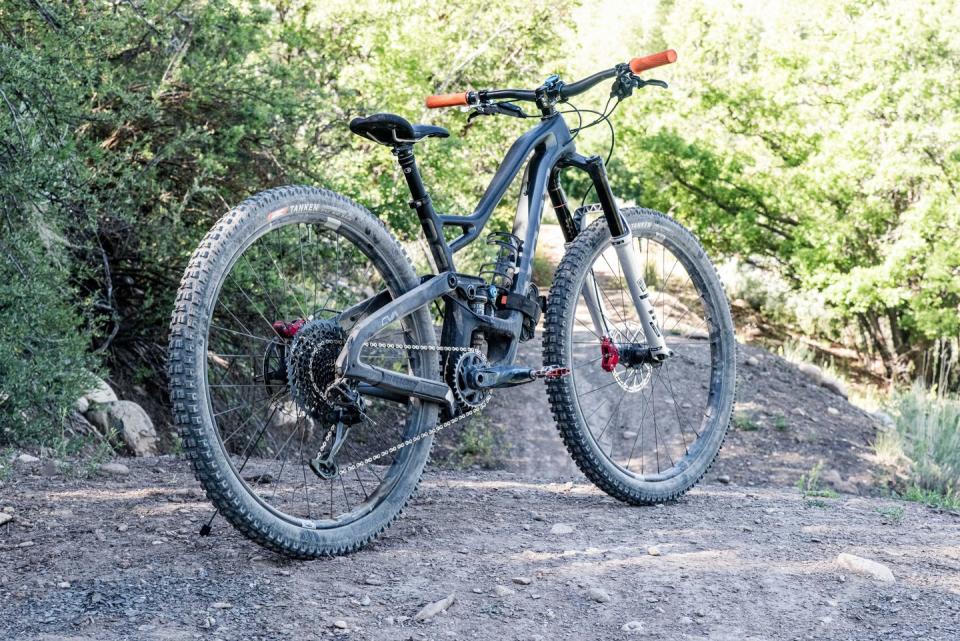
—SRAM GX Eagle 520 Weights and Prices—
You Might Also Like

